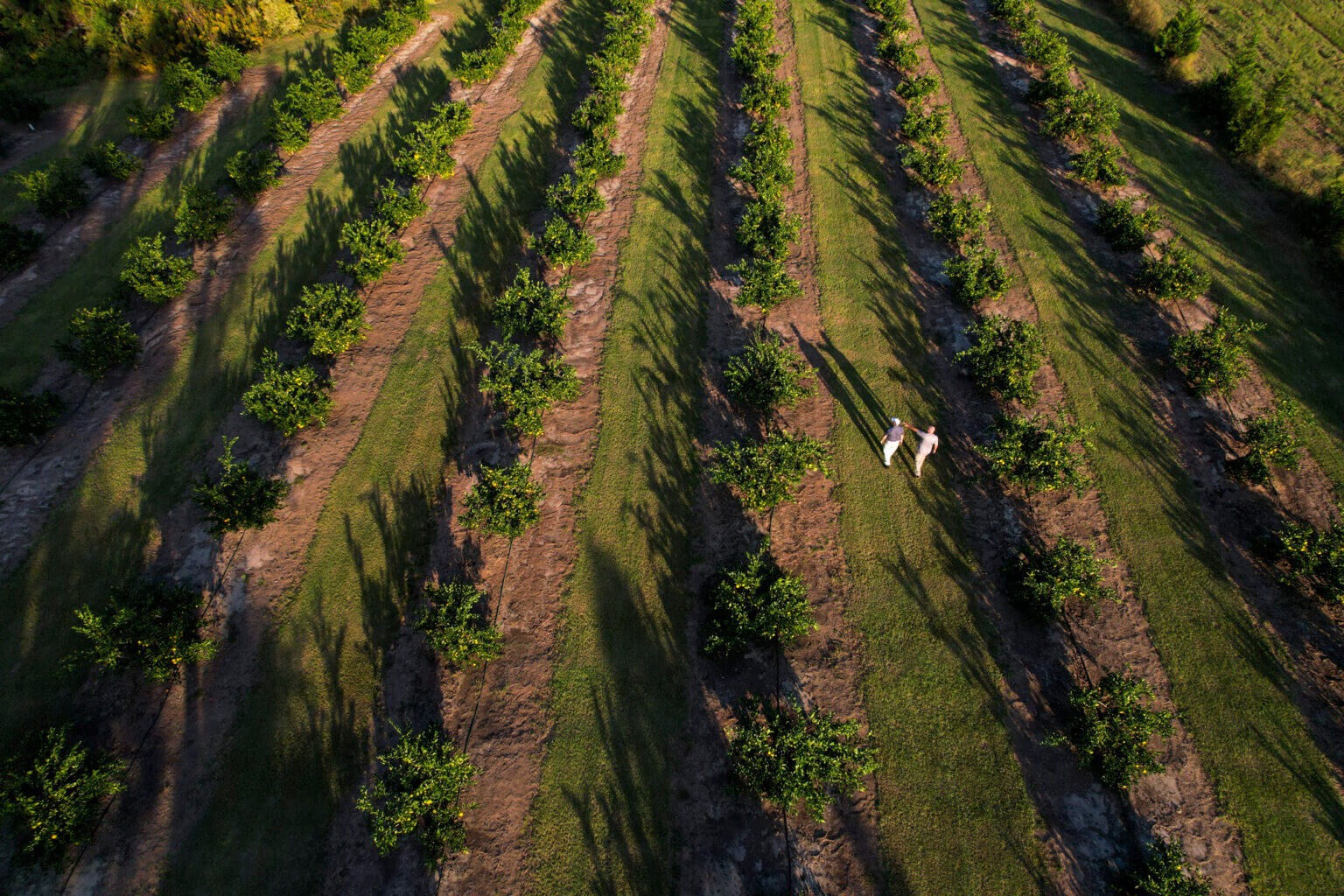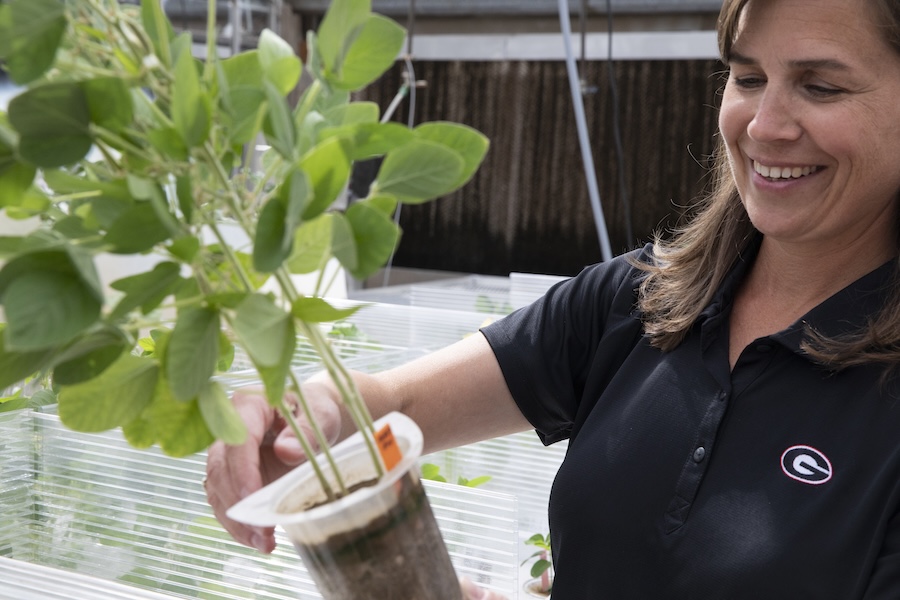By Brad Haire
University of Georgia
A farming practice known as conservation tillage has kept the farm fields in this rural, central-Georgia county from eroding and clogging the 250 miles of dirt roads that run by them.
It has saved the county money, too, said Bloodworth, the Pulaski County road manager.
A 1-mile stretch of bad dirt road can cost a five-man crew 10 hours of work and cost Pulaski County taxpayers about $3,000 to fix, he said.
"Over the past few years," Bloodworth said, "I know conservation tillage, when you talk about average day-to-day maintenance, has helped us save considerable time and money with all our dirt roads."
The idea behind conservation tillage, or no-till farming, is to disturb the soil in a field as little as possible. A farmer can plant crops like peanuts or cotton between old plant residue, either from a cover crop or from a previous crop, reducing harrowing or cultivation. This improves soil, slows evaporation and decreases water runoff and field erosion.
Farming and good dirt roads haven't always been linked in Pulaski County. Farmers using conventional practices would often harrow fields all the way to the ditches, messing them up, opening the fields to erosion and turning dirt roads into big ditches. Brooks Bailey, the Pulaski County commissioner, had a problem then.
Bailey wanted to find a way the farmers in his county could get the most out of their fields. But he and his dirt-road voters wanted to find a way to keep the dirt roads roads, he said. So five years ago, he went to his local UGA Extension office for the answer.
Ronnie Barentine, the UGA Extension coordinator in Pulaski County, knew conservation tillage was nothing new. Agricultural scientists had studied it for decades. But he thought it could be the answer to Bailey's dirt-road problem.
Besides, it could help farmers squeezed between low commodity prices and high energy costs, too. "I just started studying all I could about it and going to trainings all over," said Barentine, who has since served on a multistate conservation-tillage task force.
There used to be a myth that crops planted using conservation tillage didn't yield as well as those planted conventionally. That's wrong, Barentine said. Data shows that yields are the same, if not better. And during a drought, it keeps precious moisture around growing plants' roots.
Farmers also cut the number of times they go across a field on a tractor by half during planting. This saves time, equipment and fuel, he said. Conservation tillage builds organic matter and beneficial microbes in the soil, too.
Most important to the dirt roads, it can reduce runoff by 50 percent and keep tons of soil locked in a field.
Barentine took the message to the farmers. Pulaski County farmers now use conservation tillage on almost all of the county's 40,000 acres of farm land.
"We're seeing positive changes in soil quality," said Barry Martin, a Pulaski County farmer "And I would hate to see my fuel bill if I still had to make all those trips across the field."
"What has really been exciting about this is that besides seeing the economic benefit," Barentine said, "the farmers now see how conservation tillage is the right thing to do."
"Our county depends heavily on agriculture, and conservation tillage has been saving us on the county level," Bailey said. "And we've wound up with better roads. I'm sure it's saving or could save other agricultural counties, too."




.jpg)

